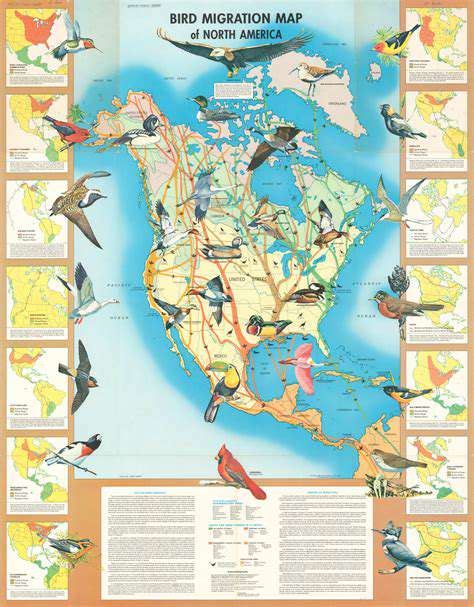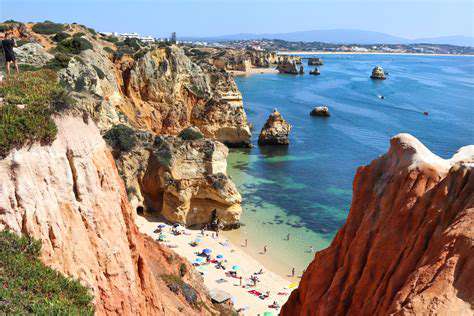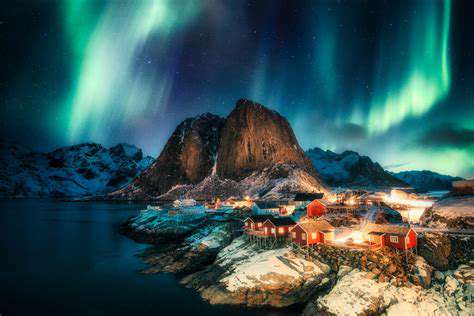Best Destinations for Bird Watching in North America
The Enchanting Ecosystem
Few places on Earth rival the Everglades' ecological splendor. This sprawling subtropical wilderness in southern Florida harbors one of the planet's most delicate and fascinating ecosystems. What makes this region truly exceptional is its river of grass - a slow-moving sheet of freshwater that creates a mosaic of habitats. From sawgrass marshes to mangrove forests, each environment supports distinct communities of flora and fauna.
The Everglades' hydrology functions like nature's perfect clockwork. During wet seasons, water spreads across the landscape, nourishing everything from tiny periphyton communities to towering cypress domes. When dry seasons arrive, shrinking water bodies concentrate fish and crustaceans, creating feeding frenzies for wading birds. This rhythmic pulse of water sustains over 360 bird species, 300 fish species, and 40 mammal species in an intricate dance of survival.

A Birdwatcher's Paradise
Seasoned ornithologists agree: the Everglades offer North America's most spectacular birdwatching. The region serves as a critical stopover on the Atlantic Flyway, where migratory species rest and refuel. From October through April, the wetlands explode with activity as warblers, shorebirds, and raptors descend upon the area.
Three species particularly captivate visitors:
- The roseate spoonbill, with its vibrant pink plumage and distinctive spoon-shaped bill
- The snail kite, a specialized raptor that feeds almost exclusively on apple snails
- The limpkin, whose haunting cries echo through the marshes at dusk
Prime viewing locations include:
- Shark Valley's observation tower
- Anhinga Trail at Royal Palm
- Nine Mile Pond in Flamingo
Early mornings reveal the most activity, when cool temperatures prompt birds to forage actively. Bring polarized sunglasses to cut through water glare and spot submerged prey species. Remember to maintain respectful distances, as nesting birds easily abandon sites when disturbed.
The Caribbean Islands: A Tropical Paradise for Exotic Species

Cultural Mosaic
The Caribbean's cultural identity formed through centuries of convergence. Indigenous Taíno traditions blended with African, European, and Asian influences to create vibrant new expressions. Nowhere is this fusion more evident than in the region's festivals, where masquerade traditions trace back to West Africa merge with European carnival pageantry.
Key cultural elements include:
- Steelpan music, born in Trinidad's oil drum yards
- Jerk seasoning techniques from Jamaica's Maroon communities
- French Creole architecture throughout the Lesser Antilles
Ecological Wonders
Beyond postcard-perfect beaches, the islands harbor remarkable biodiversity. The Caribbean ranks among the world's top biodiversity hotspots, with:
- Over 13,000 plant species (35% found nowhere else)
- 600+ bird species including 160 endemics
- 90 mammal species, mostly bats and rodents
The region's marine ecosystems prove equally impressive, with coral reefs sheltering 10% of the world's fish species in just 1% of ocean area. Sustainable tourism initiatives now protect these fragile systems while allowing responsible visitation.
Gastronomic Delights
Island cuisine tells the story of cultural exchange. African okra meets Spanish sofrito in hearty sancocho stew. Indian curry spices transform local seafood in Trinidadian dishes. Key ingredients like:
- Ackee (Jamaica's national fruit)
- Breadfruit (introduced by Captain Bligh)
- Scotch bonnet peppers (adding fiery heat)
Food festivals offer the best way to sample this diversity, from Barbados' Crop Over to the Dominican Republic's Festival del Merengue. Many resorts now incorporate farm-to-table concepts, sourcing ingredients from local fishermen and farmers.
The Appalachian Mountains: A Haven for Forest Birds and Migratory Species

Biodiversity Stronghold
The ancient Appalachian range shelters more tree species than all of northern Europe. This vegetative diversity supports:
- Over 200 bird species
- 65 mammal species
- 70 reptile and amphibian species
The mountains serve as a crucial migratory corridor, particularly along the Blue Ridge escarpment where updrafts help birds conserve energy. Conservation initiatives focus on protecting high-elevation spruce-fir forests and restoring American chestnut populations.
Cultural Legacy
Appalachian culture developed through isolation and adaptation. Distinctive traditions include:
- Old-time fiddle music preserving 18th century British Isles tunes
- Cherokee basket weaving with rivercane
- Mountain crafts like quilting and woodcarving
The region's storytelling tradition remains particularly vibrant, with Jack tales and local legends passed down through generations. Cultural heritage centers like the Foxfire Museum preserve these living traditions.
Conservation Challenges
Modern threats to the Appalachians include:
- Habitat fragmentation from development
- Invasive species like the hemlock woolly adelgid
- Climate change altering forest composition
Innovative solutions are emerging, including:
- Conservation easements protecting private lands
- Citizen science monitoring programs
- Ecotourism initiatives creating green jobs
The Appalachian Trail Conservancy's model of collaborative management demonstrates how recreation and conservation can coexist. Their work maintains the 2,190-mile trail while protecting surrounding ecosystems.

![How to Travel on Points and Miles [Travel Hacking]](/static/images/27/2025-05/StayingUpdatedontheLatestTravelHackingTrendsandOpportunities.jpg)



![Learning to Cook Thai Food in Thailand [Cooking Class Guide]](/static/images/27/2025-05/ChoosingtheRightCookingClassforYourNeeds.jpg)





